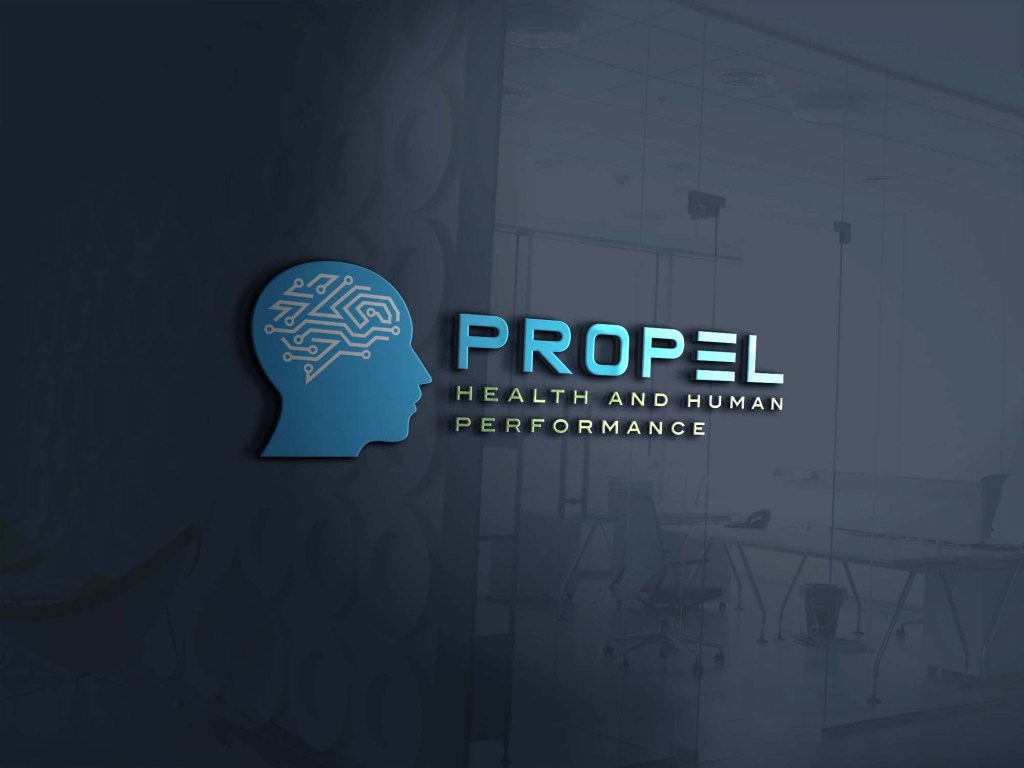KGB Vol 10 : Advanced Tissue Healing Reconsidering cortisone

If you are a high level athlete or someone who is looking out for the best interest of an athlete, it is good to be in the know. In the world of sports, overcoming pain is a normal topic of conversation and many times that conversation focuses on what can we do now.
Several common medical approaches, however, solve the problem of “now” at the risk of creating a worse scenario in the future. This urgency will never go away, and the contrast has been played out in the media recently with the Jack Eichel situation. Long term health, both mental and physical, is coming to the forefront of medical decision-making. In the world of rehabilitation, switching our mindset from short- term gains resulting in long-term degeneration to sustainable but incremental gains with long-term regeneration is worth discussing.
How do we get there?
First, let’s trust the process. The body will heal if the environment is favorable. One way to help control the healing environment is to make sure that all the requisite building blocks are in place. One simple approach is adding multiple doses of collagen to the diet. This can simply be ingested via pill, powder, or gummy in 15g doses (https://pubmed.ncbi.nlm.nih.gov/30859848/). This is a worry-free approach because we can find third party-approved collagen products that will be safe for all tested athletes.
In the last few years, I have been adding peptide therapy to my approach and have been having exceptional results. I have started recommending BPC-157 to help with injury recovery. While this approach is not approved for athletes in competitions regulated by the World Anti-Doping Agency (WADA), there are no known side effects. It is simply an isolated chain of amino acids that is 15 proteins long and is rich in glycine and proline. These are the amino acids that have been shown to improve connective tissue repair and are found in collagen protein. This concept is not foreign since we have isolated amino acids in common fitness products like Branch Chain Amino Acids (BCAA) or essential amino acids (EAA).
By adding the highly concentrated BPC-157 to my soft tissue healing protocol, we can increase the levels of these crucial amino acids during the day. By appropriately timing amino acid ingestion with exercise, we can do our very best to make sure that the building blocks of repair are being delivered to the right area. I generally prescribe a split dose regimen that revolves around a 2x/day rehab approach.
One hour before therapy, we will pump amino acids into the system by ingesting 15g of collagen or by injecting BPC-157 into the damaged area. The injection is self-administered just below the skin and does not need to be placed directly into the affected soft tissue. After a simple morning rehab routine, we wait six hours for another dose of amino acids from the collagen or BPC-157 and do another afternoon session to maximize the healing opportunities. This routine lasts for 4-6 weeks to support the full tissue healing timeline.
With or without peptide therapy, adding isolated amino acids to help with healing and recovery is a great idea. As of now, we know that taking these supplements one hour before exercise is best practice. Each individual is unique, but the six hours between rehab sessions seems to help when the target tissue is a tendon or ligament. I have prescribed much higher frequency exercise in the past when joint or nerve considerations are on the table, but this has been more of an anecdotal approach that has worked well for a long time.
At the heart of it, we know that tissue needs to be loaded for it to heal in a way that supports high performance. Give it good clean fuel and add some safe but challenging load and nearly all injuries can be resolved without the need of drastic and destructive interventions. If you are looking to ad BPC-157 to the mix make sure you work with a qualified physician to help you with finding a quality product and instructions on how to use it properly.
